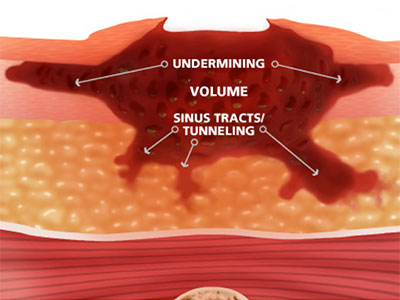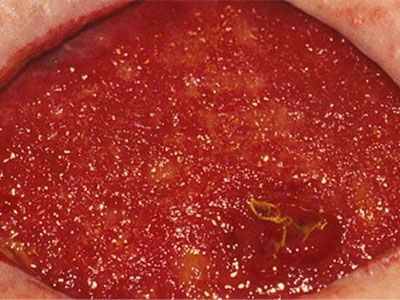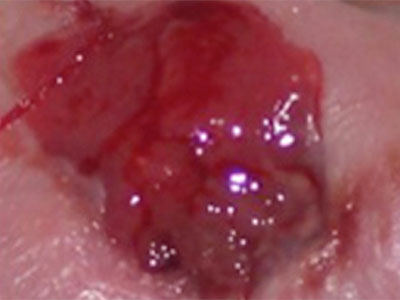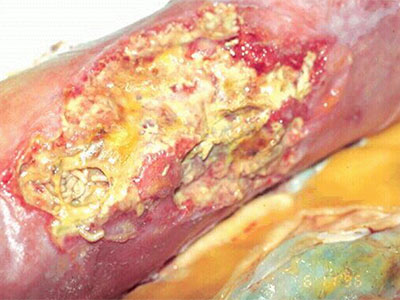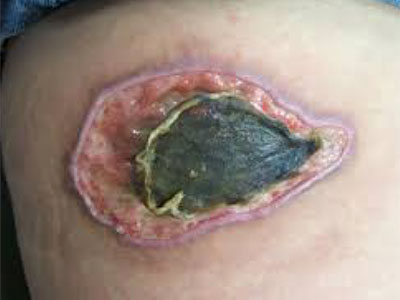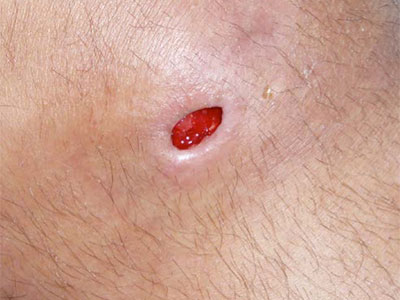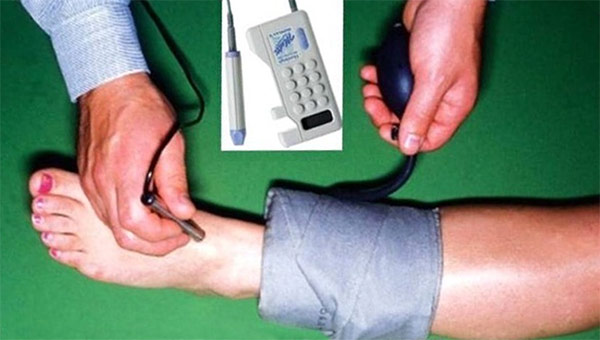October 22-28, 2017 is the National Lead Poisoning Prevention Week
September 22nd, 2017 | Clinical ConnectionsBy Cristina Demian, MD, MPH, FACOEM
A few years ago, the dangerous lead contamination of Flint, Michigan’s water supply reminded the nation that this metal remains widespread in our environments (housing, water systems, soil, etc.). Lead poisoning, it turns out, is an environmental disease, but it is also a disease of life style. Lead gets into the body most often by breathing in or ingesting contaminated particulates. Even small amounts of lead can damage children’s ability to learn and may cause lifelong health problems including hypertension, kidney disease, and osteoporosis. However, lead can also harm adults, who are most often exposed to lead on the job or through hobbies.
Occupations at risk of lead exposure include contractors who work on pre-1978 housing, plumbers, bridge repair workers, metal recyclers, automotive mechanics, and law enforcement personnel, hunters, and target shooters who use lead ammunition. Not infrequently, adults may be at risk through more than one exposure mechanism.
Because lead poisoning cannot be treated or reversed, it is important to prevent lead exposure. CDC has consistently reviewed pertinent scientific information and progressively decreased the blood lead level of concern. Currently, it is set at 5 mcg/dL for both adults and children. Children must be tested at ages 1 and 2, but when to test and how to respond to adults with possible lead exposure is more complicated. Finger Lakes Occupational Health Services (FLOHS) can advise and support primary care providers in dealing with environmental and occupational health risks like lead. Finger Lakes Occupational Health Services has served as a resource to health care providers in a nine-county area about occupational and environmental lead exposures since 1987. Workers who are exposed on the job may be referred to FLOHS for assessment of their exposure and testing, receiving recommendations for lead exposure mitigation. Certified Occupational Medicine providers are often called upon to give consultations on non-occupational lead exposures in adults. FLOHS also provides information, training, and prevention resources to health care providers, workers, and employers. FLOHS is part of the New York State Department of Health’s Occupational Health Clinic Network
Key Messages For Your Patients:
• Lead harms humans, causing physical and mental health problems.
• People may become lead poisoned by accidentally breathing in or ingesting lead dust.
• Pregnant women and their unborn children are at greatest risk.
• Children are the most vulnerable to long-term harmful effects.
• Adults are most often exposed to lead on the job or through hobbies like recreational shooting, painting and metalworking.
• Lead can be avoided but not treated – prevent lead exposure on the job!
• Get fitted for and wear the proper respirator.
• Wear different clothes at work – change before getting in car and wash them separately.
• If exposure to lead is a concern, test blood lead level.
• Resources for help are available through the local or state health department and regional occupational health clinics.
“Health Dangers from Lead on the Job” brochure from the NYS Department of Health







